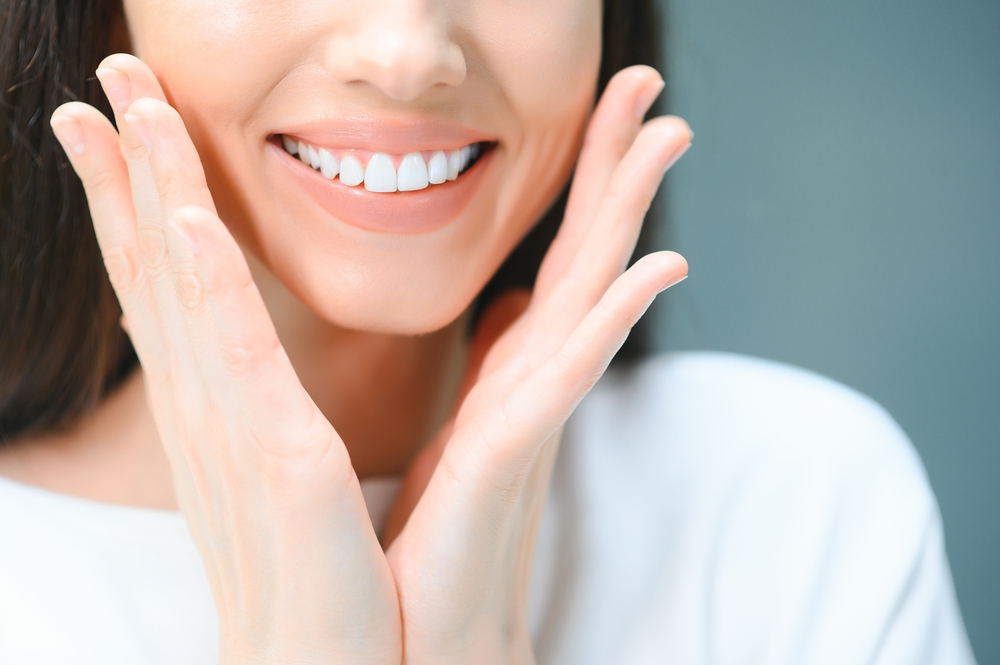The field of cosmetic dentistry has evolved significantly over the past decade, with innovative technologies and aesthetic-focused treatments reshaping how people enhance their smiles. Whether you’re considering a subtle touch-up or a full smile makeover, today’s cosmetic dentist offers more personalized, natural-looking, and minimally invasive options than ever before. From digital smile design to the rise in overseas dental aesthetics, here’s a look at the latest trends shaping modern dental beauty.
1. Digital Smile Design (DSD): Precision Planning for Your Perfect Smile
Digital Smile Design is rapidly becoming a cornerstone in aesthetic dental planning. This cutting-edge technology allows a cosmetic dentist to design a smile that harmonizes with the patient’s facial features, personality, and preferences. Using digital imaging, facial analysis, and 3D modeling, patients can preview their results before committing to any procedure. DSD enhances communication between the dentist and patient, reducing guesswork and increasing satisfaction. It also supports interdisciplinary collaboration among specialists, such as orthodontists and periodontists, to achieve optimal aesthetic results.
2. Minimally Invasive Treatments
Today’s patients are increasingly seeking treatments that require little to no alteration of natural tooth structure. This demand has led to the growth of minimally invasive options such as:
- No-prep or minimal-prep veneers – ultra-thin ceramic shells that can be applied without significant enamel removal.
- Composite bonding – a quick and affordable way to correct chips, discoloration, or gaps.
- Laser gum contouring – reshaping the gum line with minimal discomfort and recovery time.
These techniques not only preserve tooth integrity but also reduce patient anxiety, making cosmetic procedures more accessible.
3. Teeth Whitening Goes Pro
While over-the-counter whitening products remain popular, professional whitening systems have stepped up their game. Modern in-clinic whitening treatments offer faster results, improved comfort, and long-lasting effects with less sensitivity. Options like LED-assisted bleaching and laser whitening are leading the way. Moreover, cosmetic dentists now provide tailored whitening plans based on the patient’s unique enamel composition and shade goals, further customizing the aesthetic experience.
4. The Global Boom in Overseas Dental Aesthetics
As the cost of cosmetic dentistry remains high in some countries, many individuals are exploring overseas dental aesthetics. Dental tourism has grown rapidly, with patients traveling to destinations like Turkey, Thailand, Hungary, and Mexico for affordable smile makeovers. Overseas dental aesthetics appeal to patients who want premium services at a fraction of the price. Many clinics abroad are equipped with state-of-the-art technology and English-speaking staff, offering procedures like veneers, implants, and whitening packages bundled with accommodation and travel services. However, it’s essential to research thoroughly when choosing a cosmetic dentist abroad. While the cost savings can be significant, ensuring the clinic adheres to international hygiene standards and has qualified professionals is crucial for safety and long-term results.
5. Natural Aesthetic Outcomes
Gone are the days of overly white, “Hollywood” smiles. The current trend leans toward subtlety and natural beauty. Patients now prefer dental work that complements their natural features rather than transforms them dramatically. This shift has encouraged cosmetic dentists to embrace:
- Tooth shade personalization
- Slight asymmetry for realism
- Translucent and textured materials that mimic natural enamel
The goal is to create smiles that are enhanced, not artificial—beautiful yet believable.
6. 3D Printing in Aesthetic Dentistry
The introduction of 3D printing in dentistry has revolutionized how restorations are produced. Cosmetic dentists can now fabricate crowns, veneers, bridges, and temporary restorations with greater accuracy and efficiency. This technology significantly reduces turnaround time and allows for same-day smile makeovers in some cases. 3D printing also supports a more sustainable approach by reducing material waste and enabling precise fits that minimize the need for adjustments or remakes.
7. Facial Aesthetic Integration
Many cosmetic dental clinics now offer facial aesthetic services, such as dermal fillers and Botox, as part of comprehensive smile design. This integration recognizes that a smile is not just about teeth—it’s about the entire face. For example, correcting gummy smiles with lip repositioning or enhancing lip volume to complement veneers are increasingly common. A cosmetic dentist with training in facial aesthetics can provide a more harmonious and youthful look for patients seeking a total transformation.
8. The Rise of AI in Cosmetic Dentistry
Artificial intelligence is beginning to influence cosmetic dentistry through AI-powered smile simulations, diagnostics, and treatment planning. These tools help predict treatment outcomes, optimize aesthetics, and streamline workflows for the dentist. Patients benefit from more predictable results and a clearer understanding of their smile journey. As AI continues to evolve, expect even more personalized and precise aesthetic outcomes. Cosmetic dentistry is no longer just about aesthetics—it’s about function, technology, and patient experience. Whether you’re working with a local cosmetic dentist or exploring overseas dental aesthetics, the possibilities for enhancing your smile have never been more advanced or accessible. The key is to choose treatments that not only look good but also support long-term oral health. With a growing focus on natural results, digital innovation, and holistic design, the future of dental aesthetics is bright—and full of smiles.



